Table of contents
India has joined the elite club of nations developing High-Altitude Pseudo Satellites (HAPS), a revolutionary technology with the potential to transform surveillance, communication, and disaster response.
Context
National Aerospace Laboratories (NAL) in Bengaluru has successfully completed the first test of a solar-powered “pseudo satellite”, a new age unmanned aerial vehicle (UAV).
- Successful test flight
- National Aerospace Laboratories (NAL) successfully flew a scaled-down 23-kg prototype HAPS prototype for 8.5 hours, achieving an altitude of 3 km from the ground.
- The test flight was carried out in the Challakere testing range in Chitradurga district of Karnataka.
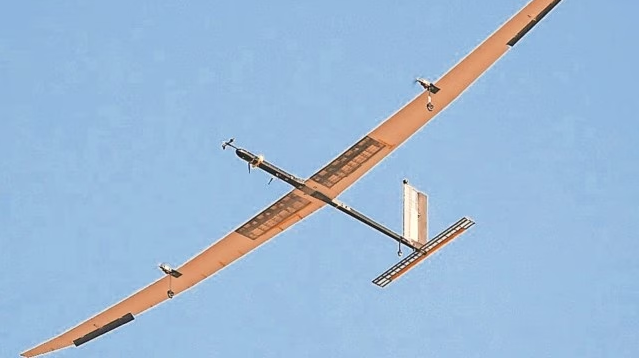
What is HAPS?
Imagine a solar-powered “pseudo satellite”, a new-age unmanned aerial vehicle (UAV) that flies 18-20 kilometers high, almost double the heights attained by commercial airplanes.
- Thanks to its ability to generate solar power, this long-endurance UAV can stay airborne for months, even years, offering it advantages of a satellite.
It can significantly increase India’s surveillance and monitoring capabilities in the border areas, like a satellite, but without the hefty launch costs.
That's HAPS in a nutshell.
Advantages of HAPS
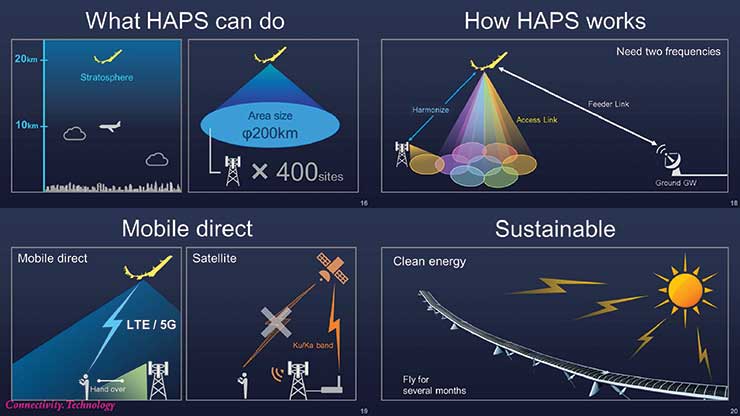
- Rapid (re)deployment in uncongested National Airspace
- Uses existing aviation infrastructure (hangars, runways, com-nav, etc.)
- Much lower and slower than satellites
- No (re)visit time limitations
- Route planning to avoid cloud coverage
- Commercial of-the-shelf payloads (e.g. cameras with <30cm GSD)
- Inexpensive Bill of Materials (BOM) and affordable operations
- Deployable anywhere in the world
- Driver of economic growth, increased security and environmental benefits
Limitations of HAPS

- Season & Latitude restrictions
- During night, limited power for payload
- Uncharted airspace
- Availability of new enabling technologies
- International and national regulatory framework
Why is it important for India?
HAPS addresses crucial needs for India:
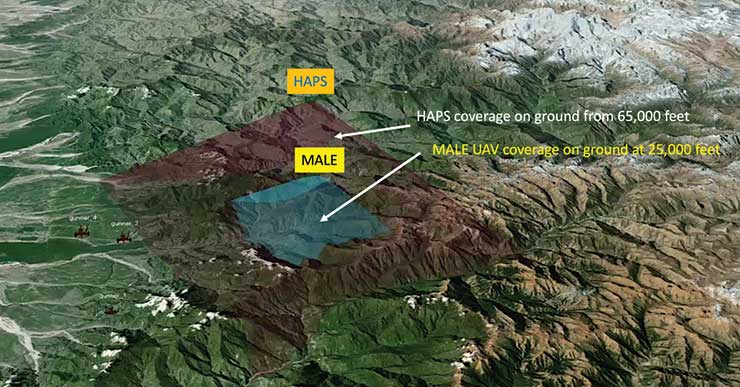
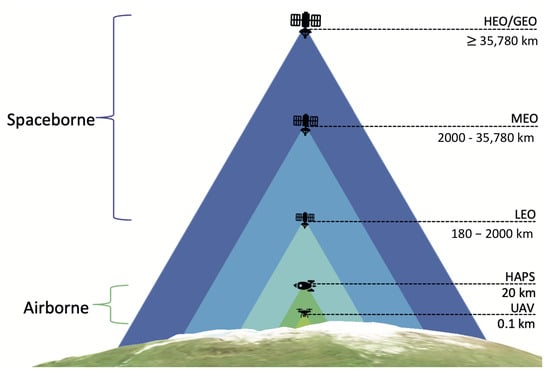
- HAPS UAV delivers a unique, real-time pseudo satellite capability to provide wide area presence at low through-life cost
- HALE platform can fill a capability gap beeen satellites and MALE/LALE Unmanned Aerial Systems (UAS)
- Enhanced border security: Continuous surveillance of border areas to detect changes or movements, particularly in the wake of the Doklam standoff in 2017. Bridging the drawbacks of traditional UAVs and Satellites.
- Battery-powered UAVs can remain in air for a limited period of time and can scan relatively smaller areas.
- Satellites placed in low-earth orbits and meant to observe the Earth usually move in their orbits and are not watching constantly
- Improved disaster response: HAPS can provide communication links and assess damage in remote areas.
- Remote connectivity: It can bridge the gap in mobile networks during natural disasters.
- Cost-effective alternative: Compared to satellites, HAPS offer similar benefits at a significantly lower cost.
- Because it does not require a rocket to get into space, the cost of operating HAPS is several times lower than that of a satellite.
- In addition, the payloads can be dynamically swapped as per requirement unlike a satellite where the payload is lost forever.
The HAPS can undertake 70-80% of satellite’s persistent surveillance and communication tasks at one fourth the cost and up to three times the life cycle viability.
We can't clear UPSC for you.
But with our personalised mentor support, you'll be ready to do it yourself.
India's HAPS journey
- NASA has been using solar-powered engines for its Pathfinder series of aircraft for a long time,
- Now other countries have got into developing more sturdy and nimble versions of solar aircraft for a variety of purposes.
- Like - China, South Korea, and the UK.
- India - Development stage: Innovation of Defence Excellence initiative (iDEX)
- While NAL focuses on R&D, private companies are also exploring HAPS technology.
- Bengaluru-based NewSpace Research and Technologies, a deep-tech start-up, flew a similar solar-powered UAV, having developed the technology through the iDEX initiative of the Defence Ministry.

HAPS is a still-developing technology, and the successful test flight last week puts India among a very small group of countries currently experimenting with this technology.
Technology in HAPS
HAPS technology combines several key advancements:
- Solar Power: The core feature is its ability to generate electricity from solar panels mounted on its wings. This allows it to stay airborne for months, even years, without needing to refuel like conventional aircraft.
- Lightweight Materials: Advanced composite materials are used to make the HAPS structure strong yet lightweight. This minimizes weight and maximizes wingspan, crucial for efficient solar energy capture and sustained flight.
- Autonomous Avionics: Sophisticated autopilot systems handle navigation, flight control, and communication. These systems enable long-duration, unmanned missions and ensure precise positioning over designated areas.
- High-Performance Batteries: While solar power sustains flight during the day, HAPS needs efficient batteries to store excess energy and power operations during the night. Advancements in battery technology are crucial for ensuring continuous operation.
- Communication Systems: Depending on the application, HAPS can be equipped with various communication technologies. These include:
- Satellite communication: For transmitting data long distances, connecting to existing satellite networks.
- Cellular communication: For providing mobile connectivity in remote areas, acting as a mini cell tower in the sky.
- Sensor data transmission: For relaying data collected by onboard sensors (e.g., environmental monitoring, surveillance cameras).
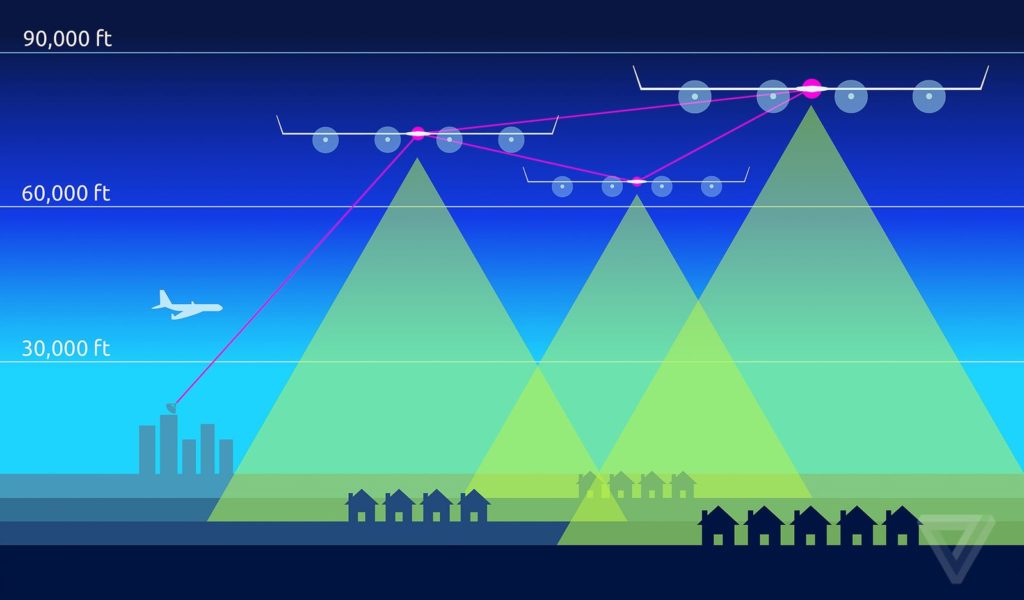
HAPS' potential extends beyond the initial goals.
They could be used for scientific research, environmental monitoring, and even precision agriculture. The future of this technology is promising, and India is well-positioned to be a leader in its development.
Applications of HAPS
- Military and Surveillance:
- ISR (Intelligence, Surveillance, and Reconnaissance): HAPS can provide real-time, persistent surveillance over large geographic areas, which is crucial for border security and monitoring potential threats.
- Electronic Warfare (EW): They can be equipped with payloads to conduct electronic intelligence and electronic warfare operations.
- Disaster Monitoring: In the event of natural disasters, HAPS can offer real-time monitoring to assist in early warning systems and disaster response.
- Communication Networks: HAPS can act as aerial communication relays, providing 4/5G/WiFi networks, especially in remote or disaster-affected areas where ground infrastructure is damaged or non-existent.
- Civil and Commercial:
- Smart City Management: Continuous aerial coverage can aid in traffic management, urban planning, and emergency services.
- Environmental Monitoring: They can monitor environmental changes, deforestation, and pollution levels over extended periods.
- Agriculture: Persistent surveillance can assist in precision agriculture by monitoring crop health, soil conditions, and water use.
- Telecommunications: HAPS can deliver telecommunication and internet services, complementing or substituting ground-based infrastructure, especially in remote areas.
- Precision Agriculture Applications:
- Crop Monitoring: Continuous observation for crop health assessment, disease detection, and growth monitoring.
- Soil Analysis: Analysis of soil conditions to aid in efficient irrigation, drainage, and crop rotation strategies.
- Water Management: Monitoring of irrigation needs, optimization of water use, and detection of water stress in crops.
- Yield Estimation: Providing data for accurate yield predictions and aiding in harvest planning.
- Scientific Research:
- Climate Studies: They can collect data on atmospheric conditions and climate change effects over time.
- Astronomical Observations: Operating above the weather and much of the Earth's atmosphere can provide a stable platform for space or astronomical observations.
- Integrated Defense Systems:
- Combat Air Teaming System (CATS): HAPS can be integrated with manned and unmanned systems for advanced air combat strategies.
- Swarm UAV Coordination: They can serve as command and control hubs for coordinating UAV swarms in military operations.
The road ahead
India's future steps to develop High Altitude Pseudo Satellites (HAPS) include:
- Extended Flight Testing: Conducting longer-duration flight tests to validate 24-hour endurance capabilities and full operational cycles, including night-time operations using stored solar power.
- Technology Scaling: Scaling up the prototype to the actual size for full operational testing, as the tested model is currently one-third of the intended final size.
- Payload Integration: Equipping HAPS with advanced surveillance, communication, and environmental monitoring payloads for diversified applications.
- Partnerships: Collaborating with industry partners for technology development and manufacturing, as seen with the HAL-NewSpace partnership.
- Regulatory Framework: Establishing a regulatory framework for the operation of HAPS in national airspace, ensuring safety and compatibility with other airspace users.
- Industrial Production: Moving towards industrial production post successful testing and demonstration of technology readiness.
- Deployment Strategy: Developing a clear deployment strategy by 2027, focusing on both military and civilian applications of HAPS technology.
The ability of HAPS to stay aloft for extended periods without the need for refueling or landing makes them an ideal solution for continuous operations. The versatility of HAPS platforms allows them to be equipped with various payloads to suit specific mission requirements across both defense and civilian sectors.
Previous Post